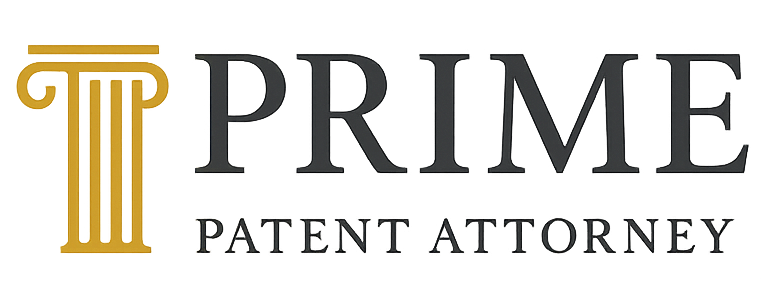Office Action Responses
Patent Prosecution
The USPTO said no? That’s where we do our best work.
If you’ve ever received an “Office Action” from the United States Patent and Trademark Office (USPTO), you know that sinking feeling. One minute you’re feeling great — you filed your patent application, maybe months ago — and now you’re staring at a wall of dense legal language saying your invention’s being rejected or objected to.
Don't panic. And don’t walk away.
Office actions are normal. In fact, most patent applications get at least one. What matters is how you respond. And that’s where we come in.
What’s an Office Action, Anyway?
It’s a written response from a USPTO examiner, usually listing the reasons your application has been rejected or needs clarification. Common issues include:
- Prior art: The examiner thinks your invention is too similar to existing patents.
- Claim issues: Your claims are too broad, unclear, or unsupported.
- Technical language: Something’s missing or not explained well enough.
- Formalities: Drawings, formatting, or legal structure don’t meet requirements.
Every office action is different — and so is every response. That’s why we don’t take shortcuts here. We don’t just tweak a few words and refile. We treat your case like it’s going to trial, even if it never does.
How We Handle It
Step 1: Analyze the Examiner’s Arguments
We read the office action carefully — not just skimming for keywords, but actually understanding the logic behind the rejection.
Step 2: Review Your Application with Fresh Eyes
Sometimes the issue isn’t what the examiner thinks — it’s how your patent was written. We go back to the beginning and look for ways to reframe, reword, or refine.
Step 3: Craft a Strategic Response
This isn’t just about arguing. It’s about persuading. We respond with logic, evidence, and clarity. Sometimes that means narrowing claims. Sometimes it means showing how your invention differs in ways the examiner missed.
Step 4: Stay In Touch
We keep you in the loop the entire time — and if you want to speak with the examiner (a “patent examiner interview”), we’ll set it up and guide the conversation.
Why This Matters
A weak office action response can kill a patent. A strong one can revive it.
We’ve helped:
- Reverse rejections based on misunderstood prior art
- Salvage applications other attorneys gave up on
- Narrow claims just enough to win approval — without giving away core protection
- Turn provisional filings into granted patents by tightening technical language
Patent prosecution (that’s the formal term for this back-and-forth with the USPTO) is a chess match. You’ve got to know the rules. More importantly, you’ve got to know how to think a few moves ahead.
Bottom Line
If your application’s been rejected, it’s not the end. It’s a hurdle — and we’ve cleared hundreds of them. You don’t need to figure this out alone, and you definitely don’t need to start over.
Call us. Let’s look at the examiner’s objections together. If we think there’s a path forward, we’ll show you what it looks like — in plain English.
